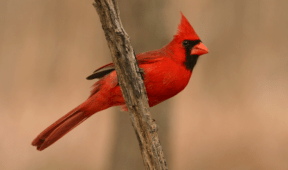3 Plants That Need To Be Pruned During Spring And 3 That Don’t
Spring pruning is an important garden task at the turn of the season, but it’s important to know that not every plant needs to be cut back. In fact, pruning at the wrong time can stunt growth or even prevent blooming altogether. Knowing what to cut and what to leave alone saves time and avoids tragic mistakes, so here’s a practical guide to three common plants that benefit from a spring trim, and three you’re better off letting be.
Prune: Roses
Roses love a good spring reset. After winter, they often have dead or weak stems that hold back their growth potential. Pruning helps direct energy into strong, healthy growth and encourages bigger blooms later in the season. Cut just above a healthy outward-facing bud and remove anything brown or brittle. This keeps the plant open for air circulation and prevents disease. It also controls size and shape, an important step if roses are getting leggy or crowded.
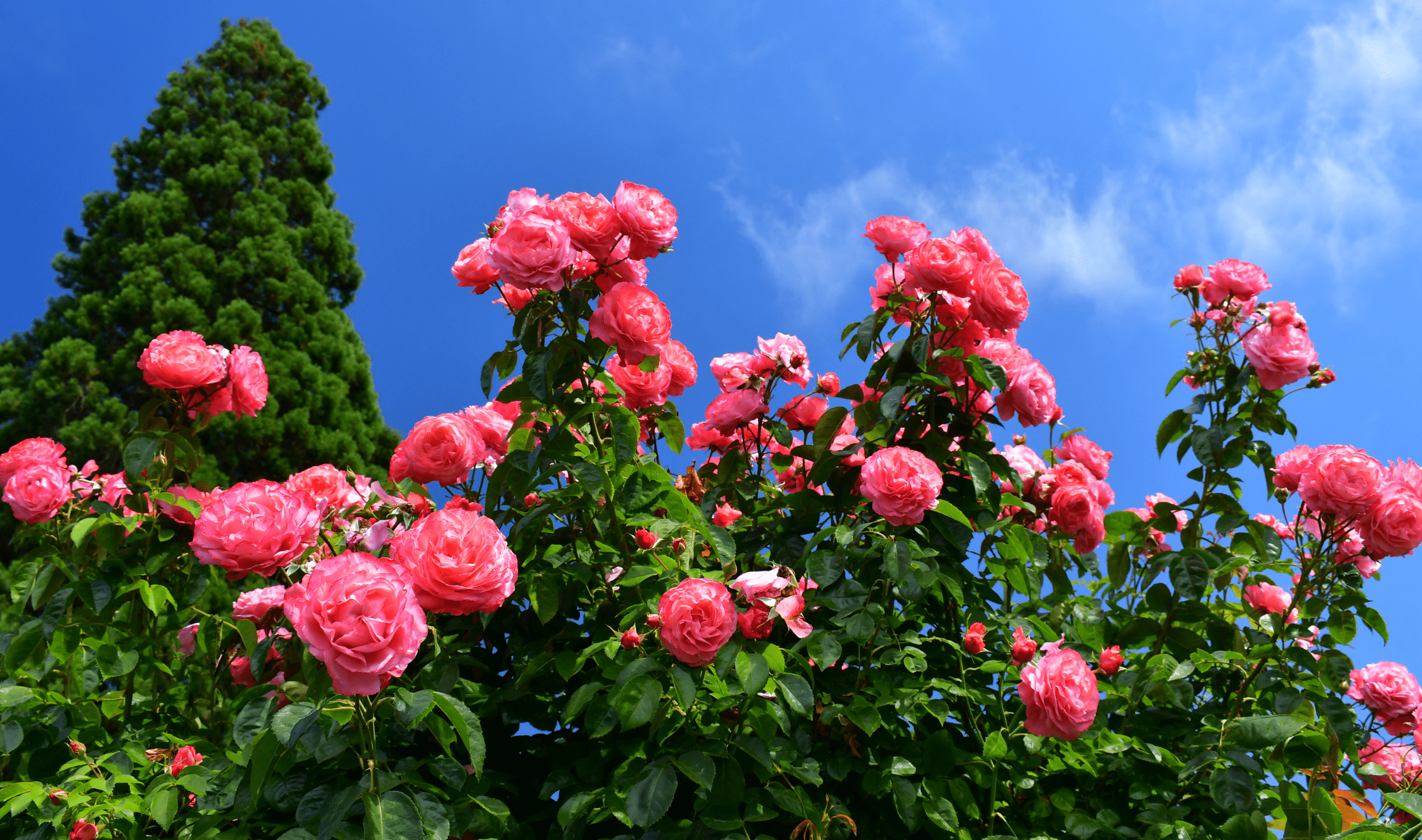
Prune: Hydrangeas (Some Types)
Not all hydrangeas want spring pruning, but bigleaf and oakleaf hydrangeas often benefit from it, especially if they bloom on new wood. If you’re unsure, check last year’s growth. Pruning them in early spring helps shape the plant and promote more vigorous flowering. Remove dead stems first, then cut back overly long or weak branches. Be gentle though, as over-pruning can lead to fewer blooms, so it’s best to stick with light shaping and cleanup.
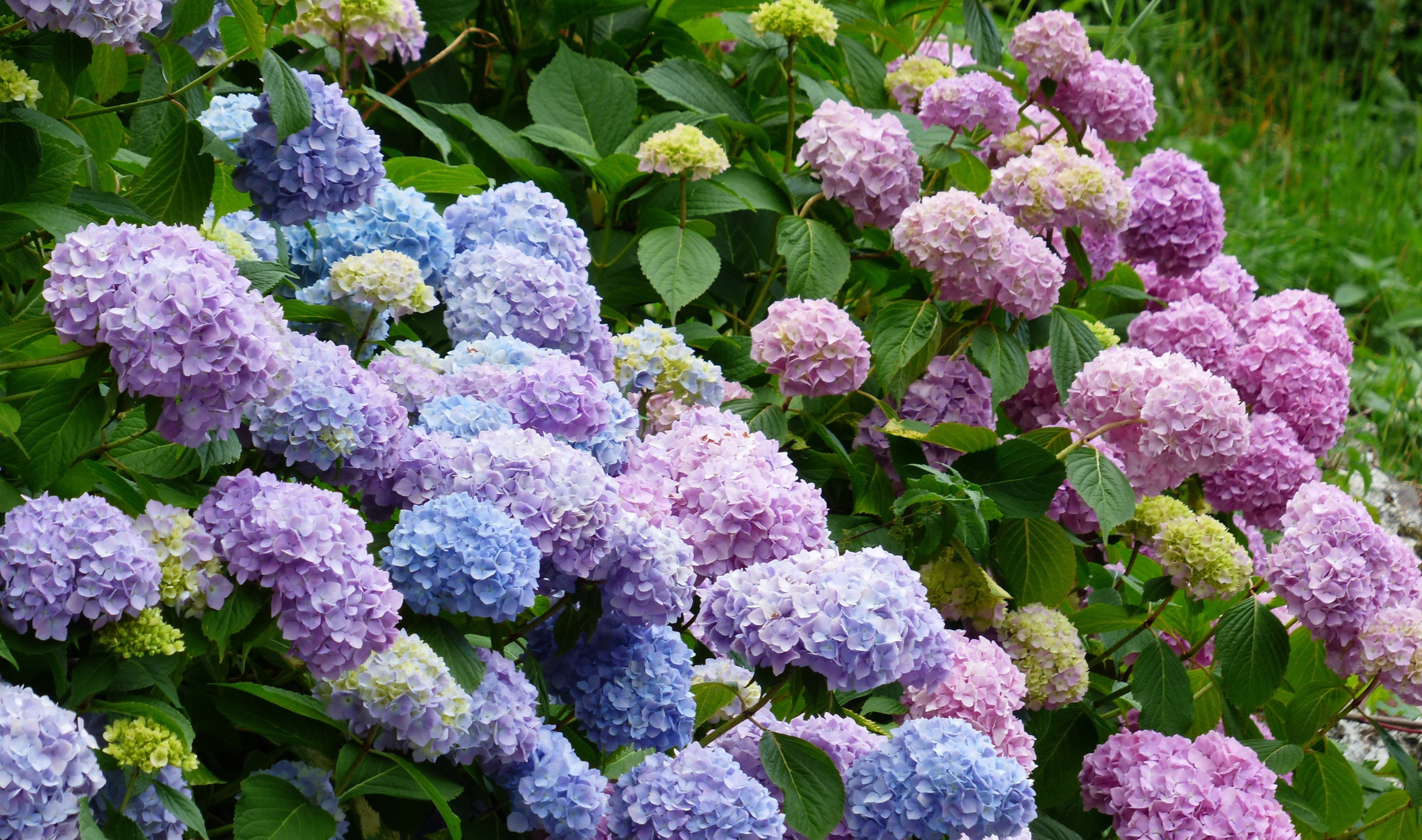
Prune: Butterfly Bush
Butterfly bushes (buddleia) need hard pruning in spring. They flower on new growth, so cutting them back encourages a fresh flush of long, flower-heavy stems. Left untrimmed, they can get woody and sparse. In early spring, cut them down to about one or two feet from the ground. This might feel drastic, but it keeps the plant healthy, full, and attractive for pollinators all summer.
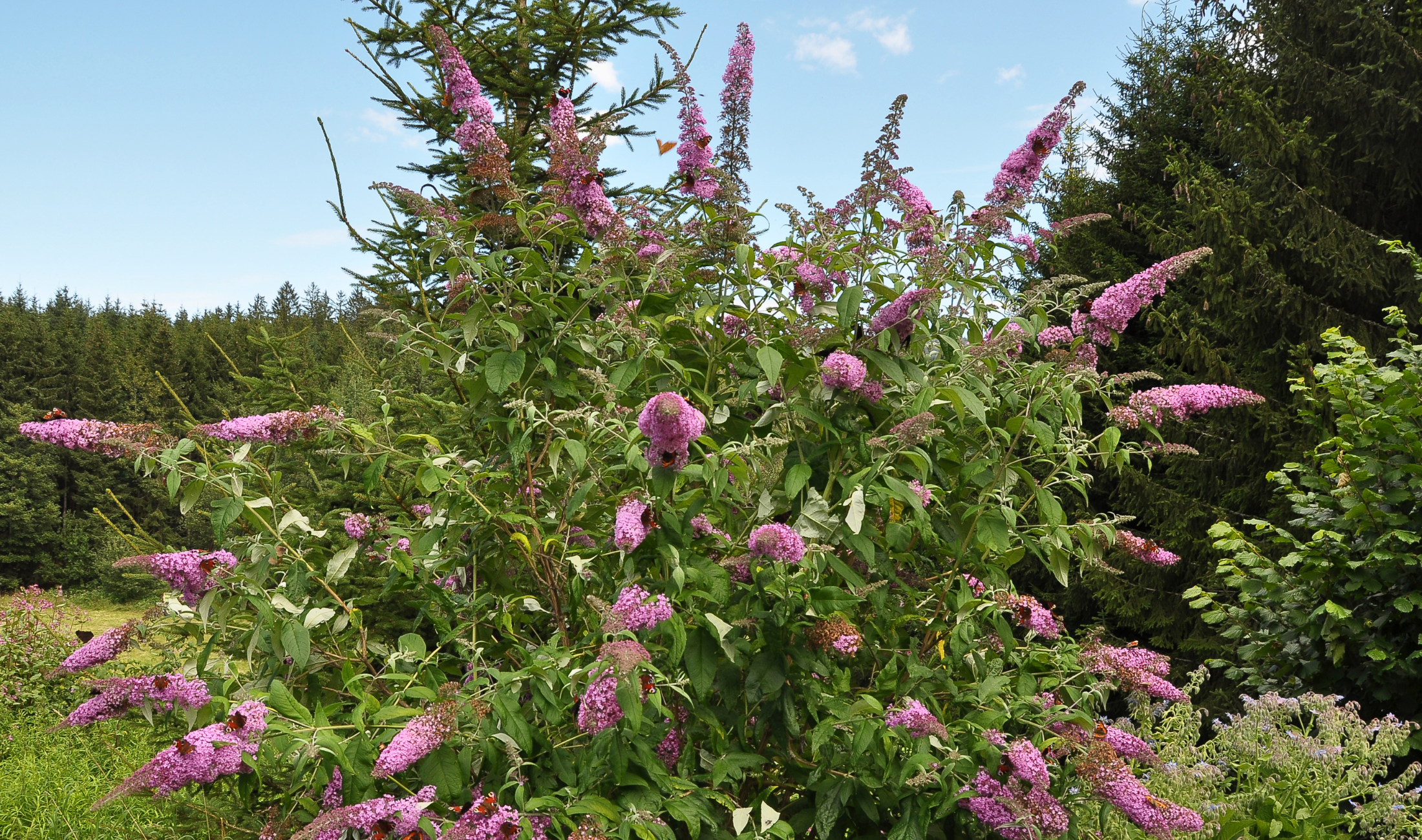
Don’t Prune: Lilacs
Lilacs bloom on old wood, meaning the flower buds form the year before. If you prune in early spring, you’ll likely cut off those future blooms. Instead, wait until just after they’ve finished flowering in late spring or early summer. That’s the safe window for shaping or reducing size without harming next year’s display. If your lilac looks overgrown in spring, resist the urge to chop them back. Patience pays off.
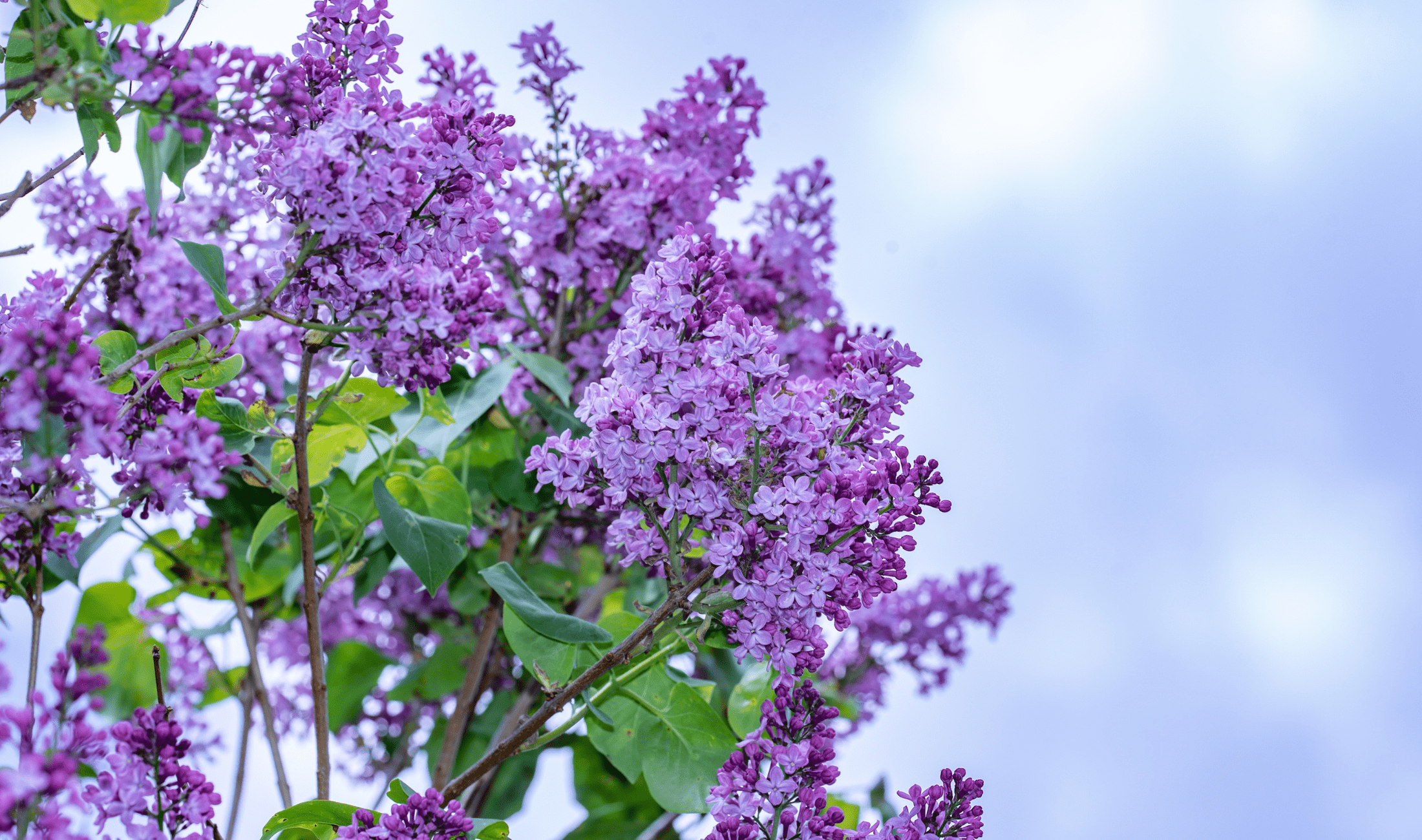
Don’t Prune: Azaleas
Like lilacs, azaleas set their buds long before spring arrives. Cutting them back now will leave you with a bloomless season. If it needs shaped, wait until flowering is done. Light trimming after bloom helps control their size without interfering with next year’s flowers. Though, spring is a good time to remove any dead wood or damaged branches, just avoid cutting healthy growth.
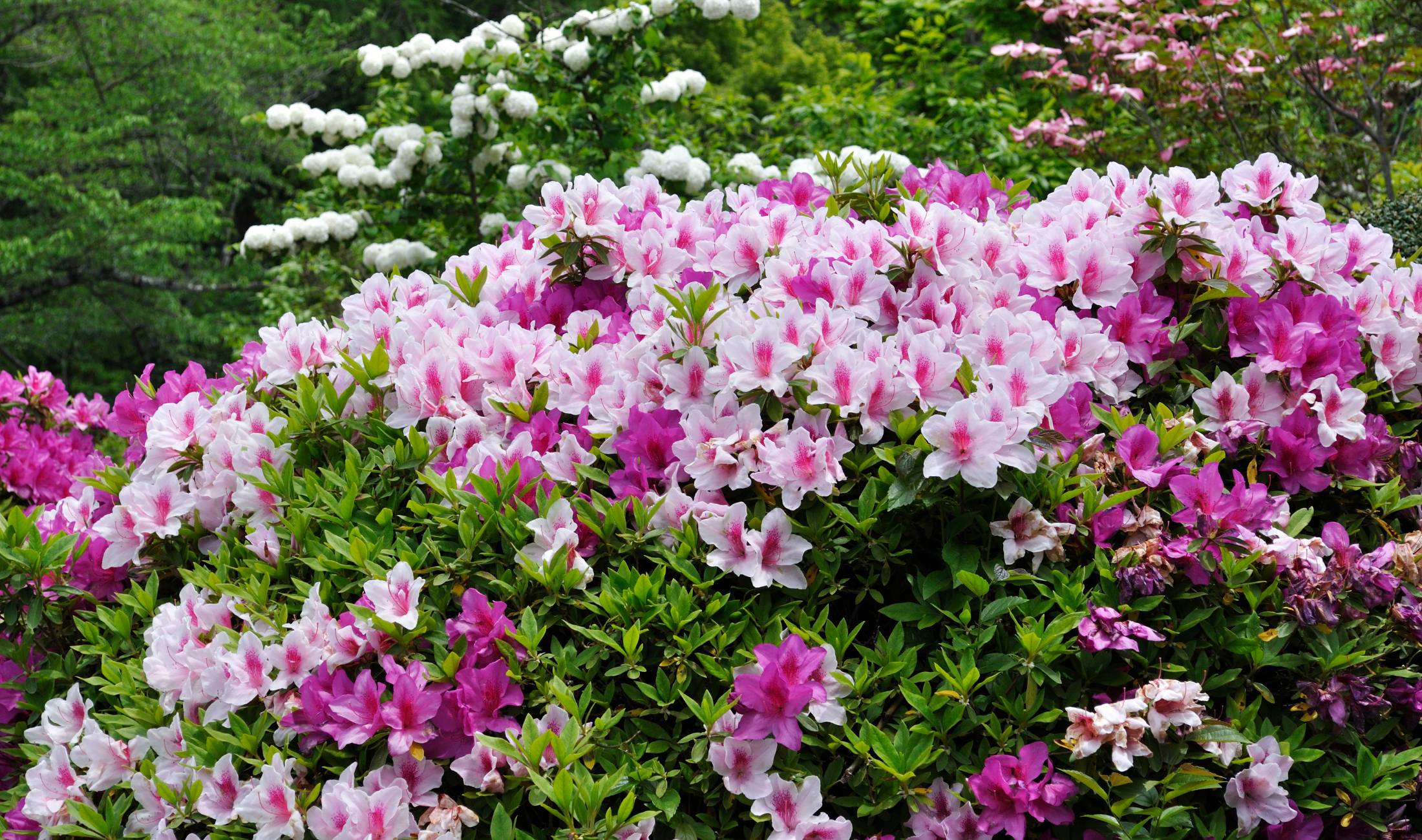
Don’t Prune: Forsythia
Forsythia is one of the first true signs of spring with its bright yellow flowers, but those blooms only appear on old wood. Spring pruning means cutting off the very branches that should be blooming. Wait until the flowers come and go before pulling out the shears. After that, you can cut back about a third of the oldest stems to ground level if needed. This encourages new growth without sacrificing next year’s blooms.
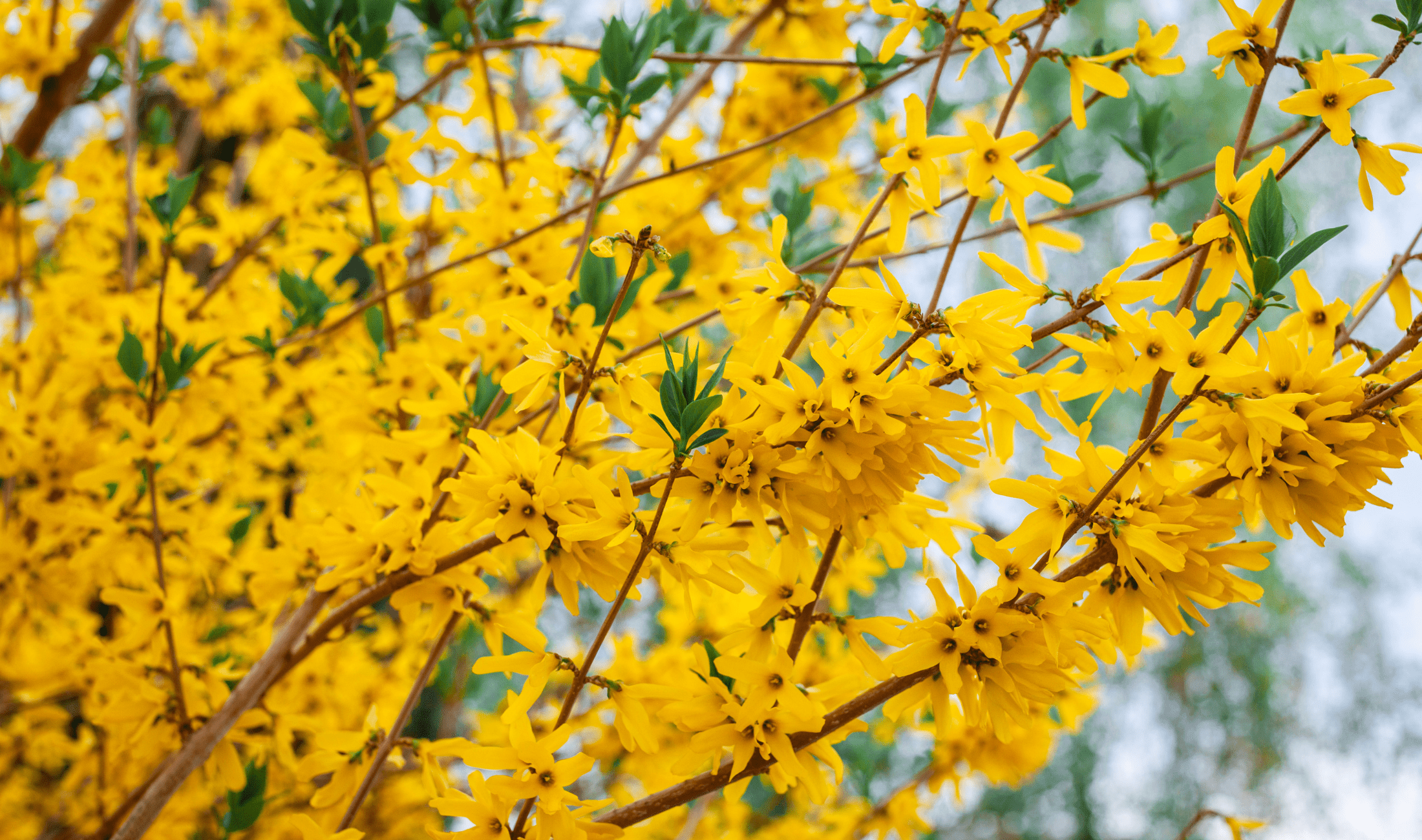
Related Articles
- 5 Flowers That Attract Hummingbirds to Your Garden
- Easy Gardening Hacks That Will Help Your Garden Grow Strong
- 5 Trees You Should Never Plant Near Your Home
Pruning is a helpful practice for many plants, but only when used at the right time. Spring isn’t a one-size-fits-all season for trimming back your garden. Some need it to thrive while others need to be left alone until later, and knowing the difference helps plants stay healthy, bloom better, and live longer. When in doubt, do a little research before reaching for the clippers. Your garden will thank you.









